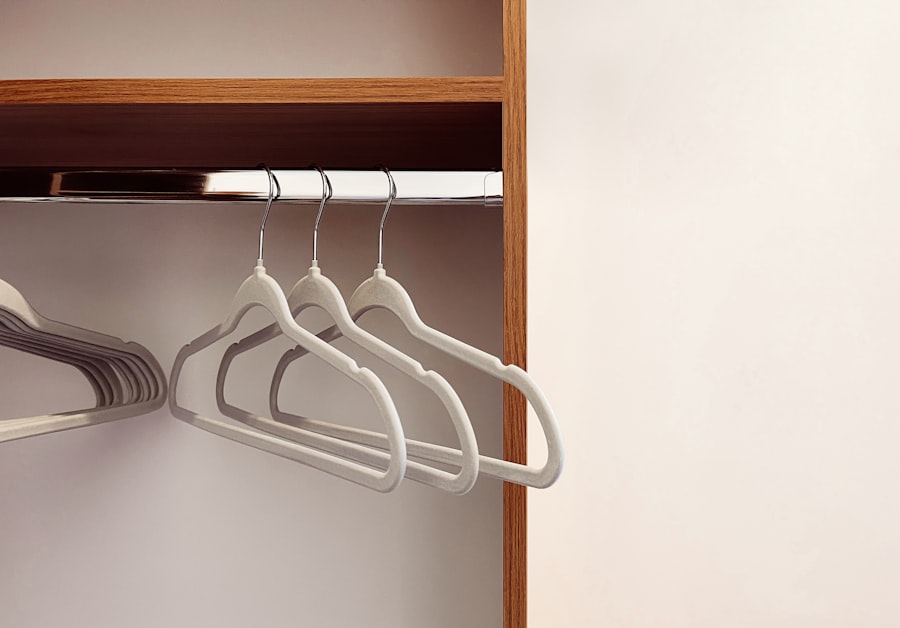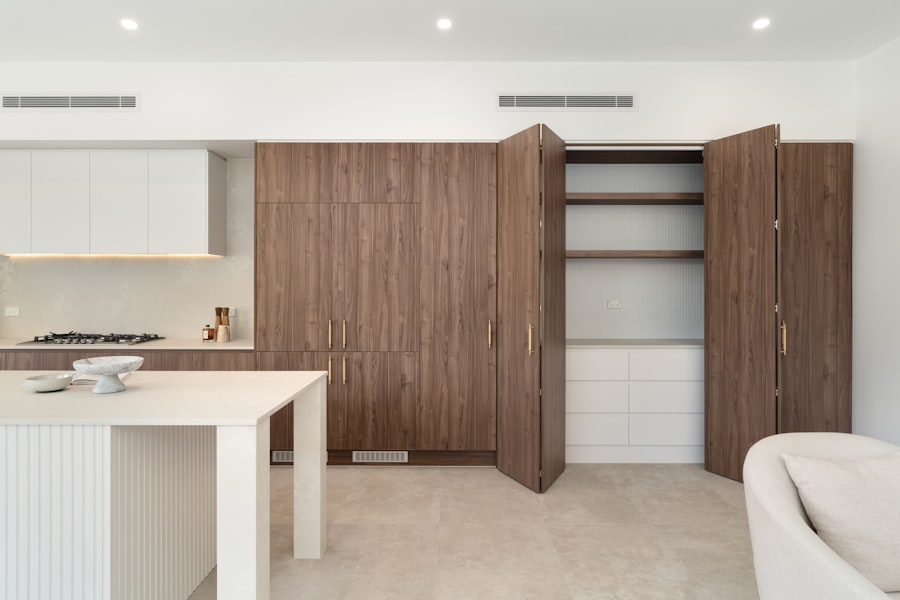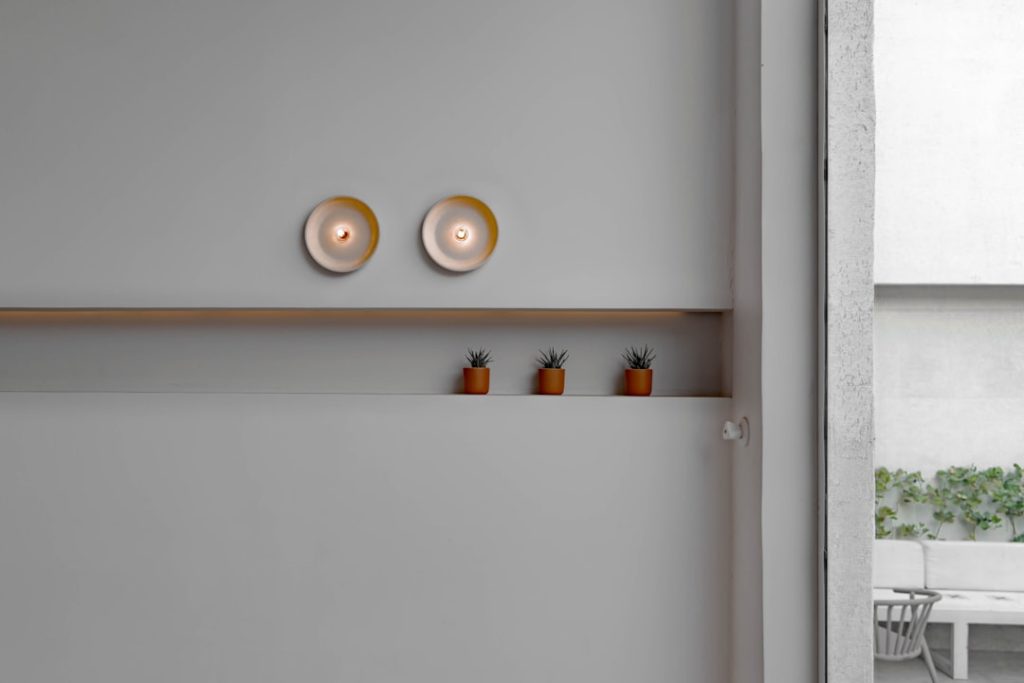Before embarking on the journey of organizing your closet, it is essential to first assess your storage needs. This involves a thorough evaluation of the items you intend to store, their sizes, and how frequently you access them. Begin by categorizing your belongings into groups such as clothing, shoes, accessories, and seasonal items.
This categorization will not only help you understand the volume of items you have but also assist in determining the type of storage solutions that will best suit your needs. Once you have a clear picture of what you need to store, consider the frequency of use for each category. For instance, everyday clothing should be easily accessible, while seasonal items can be stored in less accessible areas.
This understanding will guide you in designing a closet that maximizes efficiency and minimizes clutter. Additionally, take into account any future purchases or changes in your wardrobe; planning for growth can save you from having to reorganize your space repeatedly.
Key Takeaways
- Assess your storage requirements to select the most suitable closet cabinet design.
- Maximize space by using vertical storage and customized shelving options.
- Utilize over-the-door solutions and corner areas to optimize every inch.
- Enhance functionality and style with proper lighting and mirrors.
- Keep your closet organized through regular maintenance and smart organization techniques.
Choosing the Right Cabinet Style
The style of your closet cabinet plays a crucial role in both functionality and aesthetics. When selecting a cabinet style, consider the overall design of your room and how the closet will fit into that scheme. For instance, if your home features a modern aesthetic, sleek cabinets with clean lines and minimalistic hardware may be the best choice.
Conversely, if your space leans towards a more traditional look, ornate cabinets with rich wood finishes could enhance the overall ambiance. Beyond aesthetics, the functionality of the cabinet style is paramount. There are various styles available, including open shelving units, closed cabinets, and hybrid designs that combine both elements.
Open shelving allows for easy visibility and access to items but may require more frequent organization to maintain a tidy appearance. Closed cabinets provide a clean look and can hide clutter but may make it harder to see what you have at a glance. Assessing your personal preferences and lifestyle will help you choose a cabinet style that not only complements your home but also meets your practical storage needs.
Utilizing Vertical Space

One of the most effective strategies for maximizing storage in any closet is to utilize vertical space. Many people overlook the potential of their closet’s height, focusing instead on floor space. By extending storage solutions upwards, you can significantly increase your available storage without sacrificing valuable floor area.
This can be achieved through the installation of tall shelving units or cabinets that reach up to the ceiling. Incorporating vertical storage solutions can also involve using hooks or pegboards on walls to hang items such as bags, hats, or accessories. This not only frees up shelf space but also adds an element of visual interest to your closet.
Additionally, consider using stackable bins or baskets on higher shelves to store less frequently used items. Labeling these containers can make it easier to find what you need without having to rummage through everything.
Incorporating Customized Shelving and Drawers
| Metric | Description | Typical Range | Impact on Space Utilization |
|---|---|---|---|
| Storage Capacity Increase | Percentage increase in storage volume compared to standard shelving | 20% – 50% | High |
| Customization Options | Number of adjustable shelves and drawer configurations available | 3 – 10 options | Medium |
| Installation Time | Time required to install customized shelving and drawers | 4 – 12 hours | Low |
| Material Types | Common materials used for customized shelving and drawers | Wood, Metal, MDF, Plastic | Medium |
| Cost Efficiency | Cost savings over pre-made storage solutions | 10% – 30% | Medium |
| Durability Rating | Expected lifespan based on material and build quality (years) | 10 – 25 years | High |
Customized shelving and drawers can transform a standard closet into a highly functional storage space tailored to your specific needs. Off-the-shelf solutions may not always fit perfectly with your items or the dimensions of your closet, which is where customization comes into play. By working with a professional or utilizing modular systems, you can create shelving that accommodates everything from shoes to folded sweaters.
When designing customized shelving, think about the depth and height of each shelf. For example, deeper shelves may be ideal for bulky items like sweaters or blankets, while shallower shelves can work well for shoes or accessories. Drawers are another essential component; they provide a concealed space for smaller items like jewelry or undergarments, keeping them organized and out of sight.
Incorporating dividers within drawers can further enhance organization by preventing items from shifting around.
Utilizing Over-the-Door Storage Solutions
Over-the-door storage solutions are often an underutilized resource in closet organization. These versatile options can maximize space without requiring any permanent alterations to your closet structure. Over-the-door racks or organizers can hold a variety of items, from shoes to accessories, making them an excellent addition for those with limited floor space.
For instance, an over-the-door shoe rack can free up valuable shelf space while keeping footwear organized and visible. Similarly, hooks or pockets designed for accessories can help keep belts, scarves, and bags neatly arranged and easily accessible. The beauty of over-the-door solutions lies in their flexibility; they can be easily removed or relocated as your storage needs change over time.
Making Use of Corner and Nook Spaces

Closets often contain corners and nooks that are overlooked during organization efforts. However, these spaces can be transformed into valuable storage areas with the right approach. Corner shelves or angled shelving units can maximize these often-wasted areas by providing additional space for items that might otherwise be left out in the open.
Consider using corner cabinets that extend from floor to ceiling; these can provide ample storage while utilizing every inch of available space. Alternatively, installing tiered shelving in corners allows for easy access to items stored at different heights. Nook spaces can also be enhanced with small bins or baskets that fit snugly into these areas, providing a perfect spot for smaller items like hats or gloves.
Incorporating Lighting and Mirrors for Functionality and Aesthetics
Lighting plays a crucial role in both the functionality and aesthetics of your closet space. A well-lit closet not only makes it easier to find what you need but also enhances the overall experience of using the space. Consider installing LED strip lights along shelves or inside cabinets to illuminate dark corners and provide clear visibility of your belongings.
Mirrors are another valuable addition to any closet design. They serve both practical and aesthetic purposes; not only do they allow you to check your outfit before heading out, but they also create an illusion of more space within the closet. A full-length mirror on the back of a door or a mirrored cabinet front can reflect light and make the area feel larger and more open.
Maintaining and Organizing Your Closet Cabinet Space
Once you have invested time and resources into creating an organized closet cabinet space, maintaining that order is essential for long-term success. Regularly assessing your belongings is key; set aside time every few months to evaluate what you have and remove items that no longer serve a purpose in your life. This practice not only keeps clutter at bay but also ensures that your closet remains functional and efficient.
In addition to periodic decluttering, consider implementing organizational systems that make it easier to maintain order on a daily basis. For example, using uniform hangers can create a streamlined look while making it easier to slide clothes along the rod without snagging. Drawer organizers can help keep smaller items separated and easy to find, while labeled bins can ensure that everything has its designated place.
By establishing these habits early on, you can enjoy a well-organized closet that meets your needs for years to come.



